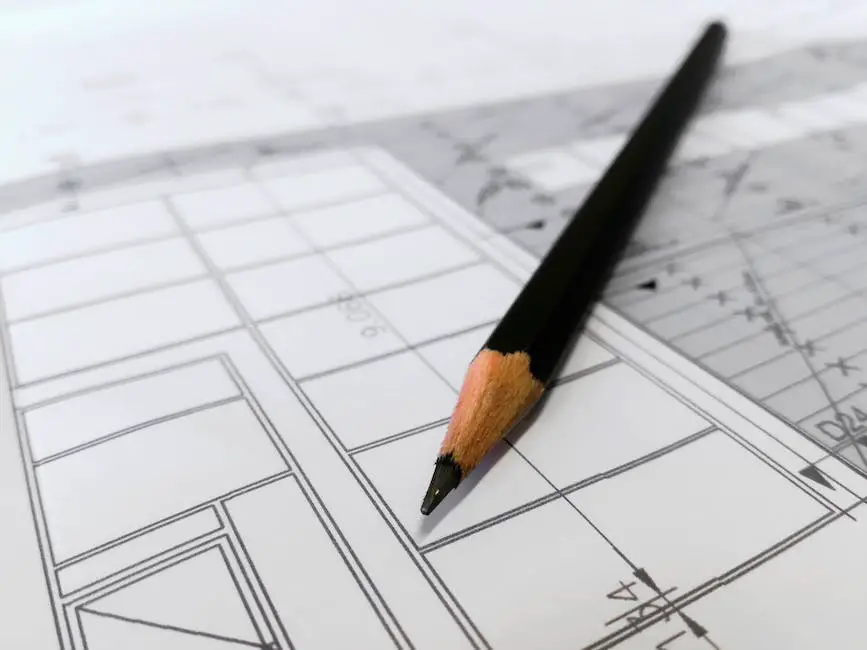If you want to be a competent pool player, practice the proper billiard practice drills. Pool requires a significant amount of time practicing to improve one’s abilities. It’s just like any other fantastic bar game you’ve ever seen.
Beginners’ mistakes are aplenty in the pool. Pool gamers who are new to the game frequently practice it incorrectly. It’s typical for novice pool players to skip over the fundamentals and go into more advanced strategies such as combo and draw shots and run-out patterns.
Let me be obvious: You’ll have to work hard on your skills and strategy as a pool player. The first step in improving your pool game is regularly practicing the fundamental abilities and mechanisms.
You’ll become a better player if you understand the fundamentals. Pool, Cutthroat, or other billiards games are all examples of games that need significant attention.
5 Effective Billiard Practice Drills

Grip DrillMany people who are new to pool or billiards mistake gripping their cue too firmly. You’re incorrect if you believe squeezing the cue harder will give you greater control and accuracy over your shot.
Instead, use a relaxed, softly griped hold. Why? If you tightly grasp the butt of the cue, it may rise, making it significantly more difficult to send a straight, precise stroke. The danger of striking the ball too low and flying off the table rises if you have a tight grip on the stick.
If you can’t pick up the cue because your grip on the cue is too tight, try relaxing it a little. When you put it on your fingers, hold it firmly yet gently. While practicing, invest some time working on your grip. Keep your grip light and supple during practice while maintaining complete control of your shot.
Continue practicing until you can do so with both lightness and control.
1. Strike Drill
Regarding billiards, posture at the table is just as important as grip. The distance between your front and back feet should generally be shoulder-width apart.
The toes of the rear foot should be at a 45-degree angle, and the front foot should point straight ahead, as shown. This posture may aid you in improving your shooting skills. You should feel calm and self-assured.
It’s easy for pool players to put too much weight on one of their feet, so they must distribute their body weight equally between both feet. Keep your head steady, low, and level above your cue while bending forward to take a shot. A tripod might be created by putting some weight on your bridge hand.
Although this is the most comfortable posture and body position for an athlete, it must be doable. Practice shooting from various locations while maintaining the same posture once you’ve mastered a low, balanced, and comfortable stance.
Consistency is just as crucial as any other element of your shot.
2. Body Alignment Drill
You must set your body up correctly to score well in the water. This implies that your target ball, cue, head, eyes, and stamping arm should all be facing towards it.
This zone is also known as the “vision center.” While you practice body alignment, keep your chin low and your chin square to the shooting line. Keep your eyes level while you shoot. The cue ball should be positioned close to the vertical centerline of the tip.
You must ensure that your arm is parallel to the cue after aligning your sightline. Take a few practice shots once you’re happy with the alignment. The cue ball may be easily stroked to the opposite corner pocket. Alternatively, aim for the far cushion and strive for the center of the court.
Repeated practice will help you learn how to align yourself correctly. Once you’ve learned a talent, consistency is essential.
3. Aiming Drills
The approach to your chosen pocket is never simple, from the mixture and bank shots to complex angles. Keep in mind which pocket you’re aiming for and the target’s center when preparing for a shot.
Take a look at the photo below to help you understand how this concept works. Draw an imaginary aiming line from the target ball to the cue ball to position yourself with the target ball’s center point.
Make a straight line through the target and cue ball as you move your attention from the center of the target pocket outward. Focus on the target ball’s middle when you’re ready to shoot.
Use these made-up targeting lines as part of your pre-shot routine when shooting. They’ll soon become an essential component of your workflow with nearly every shot you take.
4. Pre-Shot Drill
A pre-shot routine can help you get into a rhythm and keep your pace during the game when you’re between shots. Your pre-shot ritual is distinct to you in contrast to other game elements, such as your bridge, alignment, stance, grip, and other aspects.
Many players use this opportunity to survey the table, chalk the tip of their cue, concentrate on the target pocket, and prepare to take their shot.
Align your rear foot, set the cue ball squarely behind the cue ball, square your shoulders, and aim your gaze toward the center of the target ball before getting into your shooting posture to achieve this result.
It will take some time to get this aspect of your pre-shot ritual down, but it will happen naturally and rhythmically before every shot as you practice. Developing a pre-shot routine and executing that process over time can help you improve your pool game, regardless of the type.
5. Swing Drill
When you’re shooting, your body must be aligned with your aiming line. To maintain alignment, your shooting arm must remain motionless.
Billiards and pool players who are inexperienced jerk their upper arm around a lot when shooting. You can avoid this problem by considering your shooting arm like a swinging pendulum.
The shooting arm should swing back and forth below one of your elbows to take a shot. On the other hand, the upper arm should remain steady and even throughout the shoot. When gripping the cue, make sure your elbow is where it belongs.
When you hit the cue ball, your arm should swing out beyond your elbow in a pendulum-like motion. Pendulum strokes with various shot lengths can help you perfect your technique. Your backswing should always be sluggish, but with the forward swing of your arm, you have complete control over the speed of your shot.
Other Articles You Might Like:








